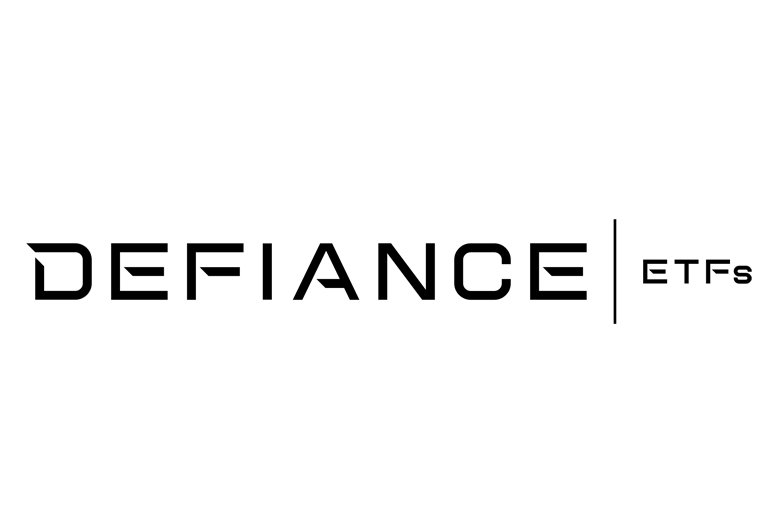Non-fungible tokens (NFTs) are heading to ETF land after New York-based Defiance ETFs became the first ETF issuer to offer exposure to the emerging market last week.
The Defiance Digital Revolution ETF (NFTZ) listed on New York Stock Exchange on 2 December with a total expense ratio (TER) of 0.65%.
Tracking the BITA NFT and Blockchain Select index, the ETF’s basket is rules-based, rebalances quarterly and offers physical equity exposure to a universe of companies that generate at least 50% of their revenue from blockchain, cryptocurrency and NFT-related activities.
The index contained 34 securities weighted between 0.5% and 4% apiece, as of last month. These constituents are drawn from NFT marketplaces and issuers, blockchain technology companies and crypto asset management, trading, banking and mining.
While ETF investors already had access to a range of crypto and blockchain thematic products, NFTZ attempts to break into the burgeoning – and to many, unfamiliar – NFT space.
Enjoying regular media attention and dubbed the Collins Dictionary word of the year for 2021, NFTs are either unique or rare physical items or more commonly units of data, such as photographs, videos, audio, blueprints and other digital files.
Like cryptocurrencies, they rely on storing data on a digital ledger (blockchain) to provide proof of ownership. Unlike digital assets, NFTs are non-fungible, meaning they are not mutually interchangeable.
Between November 2017 and February this year, $163m had been spent on NFTs. Defiance said by October this year, the products’ trading volume had surged to $15bn, with a single piece by the artist Beeple, called Everydays: the First 5000 Days (pictured), selling for $69.3m.
In an interview with Insider, Defiance co-founder and CIO, Sylvia Jablonski, said: "The NFT revolution will fundamentally change the economic model for artists, athletes, creators, and many more industries that we cannot even conceive of today.
"NFTs could be bigger than the internet,” she concluded.
Attempting to tap into this trend, NFTZ has a 6.5% weighting to fintech banking firm Silvergate Capital, 5.6% to cyber security provider Cloudflare and allocations between 4.5% and 5% to crypto miners Bitfarms, Marathon Digital and Hut 8 Mining.
Interestingly, some of its largest exposures with a clear link to the NFT investment thesis include 4.5% to Coinbase, where users can buy and sell NFTs, and a considerable 5% to Playboy Group, which launched its own range of NFTs called ‘Rabbitars’.
As with many burgeoning sectors, offering a basket exposure to listed securities comes with the challenge of balancing theme purity with diversity. In NFTZ for example, most NFT exposure is either provided by allocations to an adjacent industry (such as blockchain and crypto) or those with slight, direct involvement in NFTs (such as Playboy).
NFTs are also an innately difficult asset to gain direct exposure to via the ETF structure. While some NFT issuers and providers of the underlying blockchain technology are listed companies, the original creators of the assets themselves are individuals or small groups, such as Beeple, Larva Labs and even Edward Snowden.
More broadly, the product class faces similar challenges to those levelled against crypto.
For instance, scams, custody issues, accounting errors and association with nefarious activity have seen digital assets face questioning for potential security concerns.
Similar issues are raised against NFTs but also concerns around proof of ownership in an unregulated market. Also, NFT owners may have ownership rights but are not covered by copyright law, such as the right to dictate adaptation or reproduction.
Similarly, crypto, blockchain and NFT-related securities are subject to high valuation volatility. In just three days of trading, NFTZ had fallen -10.4%.
On a positive note, the product's launch is another step for ETFs into increasingly exotic niches and indicates investors are still looking to wrapped products for diversified exposures to future themes.



